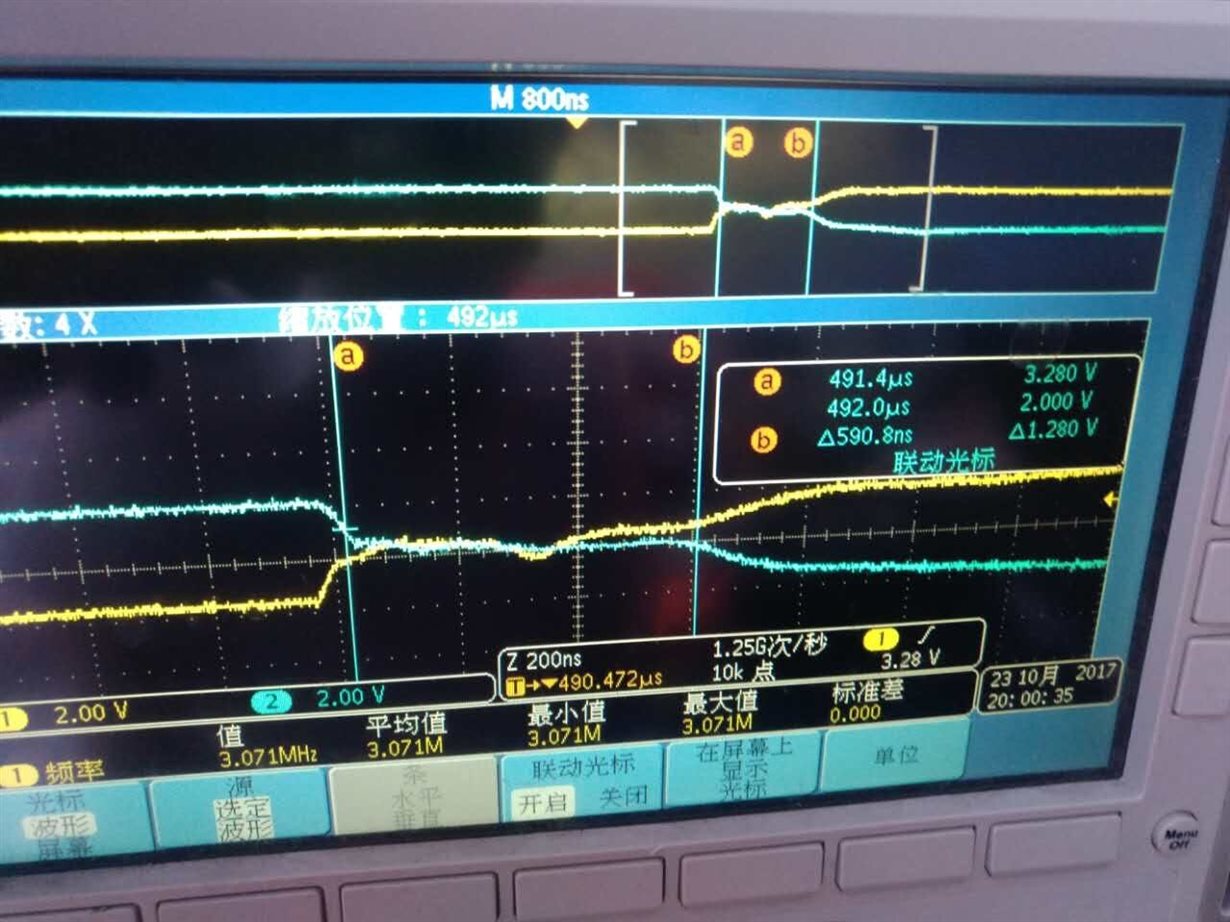Other Parts Discussed in Thread: SN75176B
Hi ,
I used THVD1500 in a RS485 network.The node number is 14,baud rate is 250K.total cable length <15M.5V power supply.
But found one node which is nearest from the master is not normal.Others is ok.
1.Add 120 ohm termination,the communication is normal.
2.Without 120 ohm termination,Change the THVD1500 to SN75176,the RS 485communicaiton is ok.
3.Still use THVD1500,change the node number is below 7,without 120ohm termination,All the node commnication is normal.
question:1.is it necessary to add termination in this application?
2.why SN75176 is ok without 120ohm termination?And the THVD1500 is not normal without 120ohm termination.


